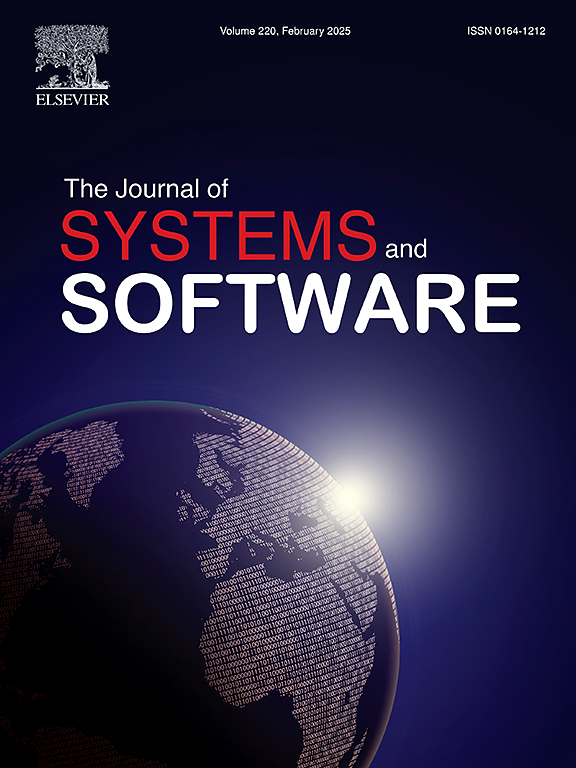Architectural tactics to achieve quality attributes of machine-learning-enabled systems: a systematic literature review
IF 3.7
2区 计算机科学
Q1 COMPUTER SCIENCE, SOFTWARE ENGINEERING
引用次数: 0
Abstract
Machine-learning-enabled systems are becoming increasingly common in different industries. Due to the impact of uncertainty and the pronounced role of data, ensuring the quality of such systems requires consideration of several unique characteristics in addition to traditional ones. This range of quality attributes can be achieved by the implementation of specific architectural tactics. Such architectural decisions affect the further functioning of the system and its compliance with business goals. Architectural decisions have to be made with attention to possible quality trade-offs to prevent the cost of mitigating unintended side effects. A related work analysis revealed the need for a thorough study of existing architectural decisions and their impact on various quality attributes in the context of machine-learning-enabled systems. In this paper, to address this goal, we present comprehensive research on the quality of such systems, architectural tactics, and their possible quality consequences. Based on a systematic literature review of 206 primary sources, we identified 11 common quality attributes, and 16 relevant architectural tactics together along with 85 potential quality trade-offs. Our results systematize existing research in building architectures of ML-enabled systems. They can be used by software architects and researchers at the system design stage to estimate the possible consequences of decisions made.
求助全文
约1分钟内获得全文
求助全文
来源期刊

Journal of Systems and Software
工程技术-计算机:理论方法
CiteScore
8.60
自引率
5.70%
发文量
193
审稿时长
16 weeks
期刊介绍:
The Journal of Systems and Software publishes papers covering all aspects of software engineering and related hardware-software-systems issues. All articles should include a validation of the idea presented, e.g. through case studies, experiments, or systematic comparisons with other approaches already in practice. Topics of interest include, but are not limited to:
•Methods and tools for, and empirical studies on, software requirements, design, architecture, verification and validation, maintenance and evolution
•Agile, model-driven, service-oriented, open source and global software development
•Approaches for mobile, multiprocessing, real-time, distributed, cloud-based, dependable and virtualized systems
•Human factors and management concerns of software development
•Data management and big data issues of software systems
•Metrics and evaluation, data mining of software development resources
•Business and economic aspects of software development processes
The journal welcomes state-of-the-art surveys and reports of practical experience for all of these topics.
 求助内容:
求助内容: 应助结果提醒方式:
应助结果提醒方式:


